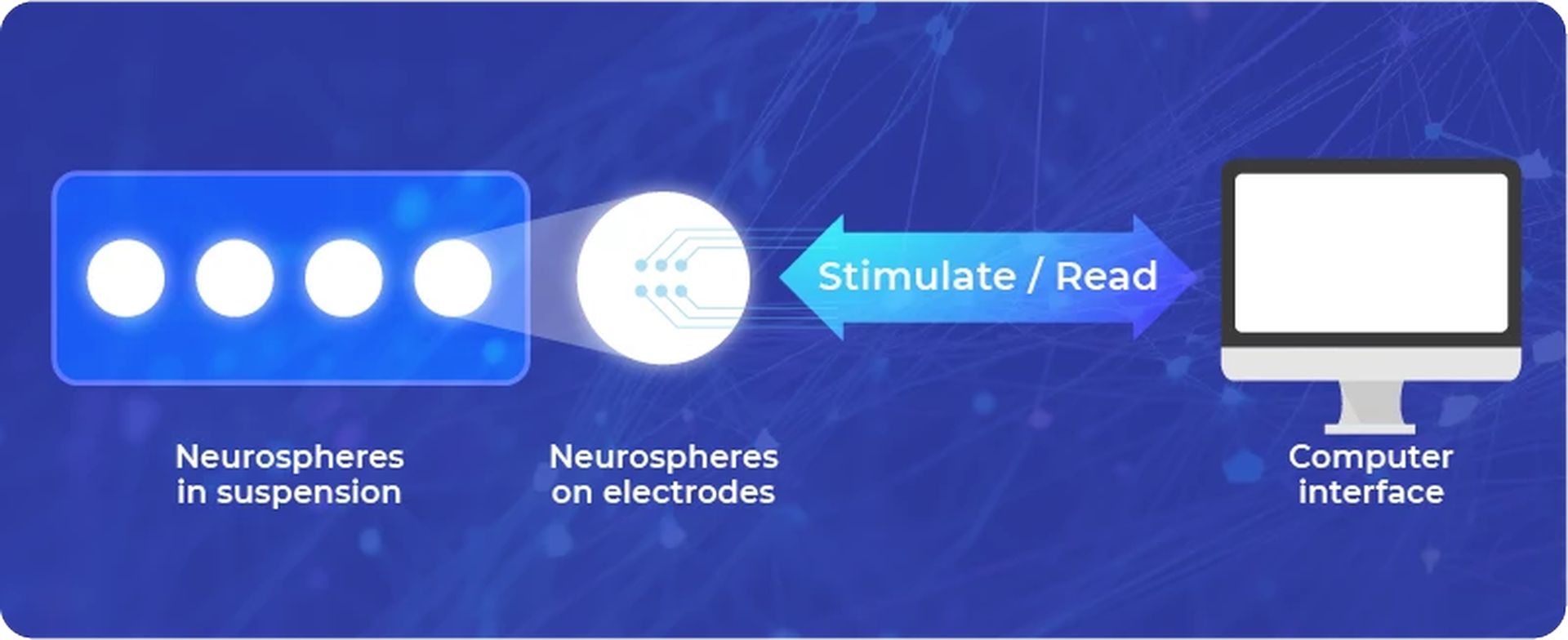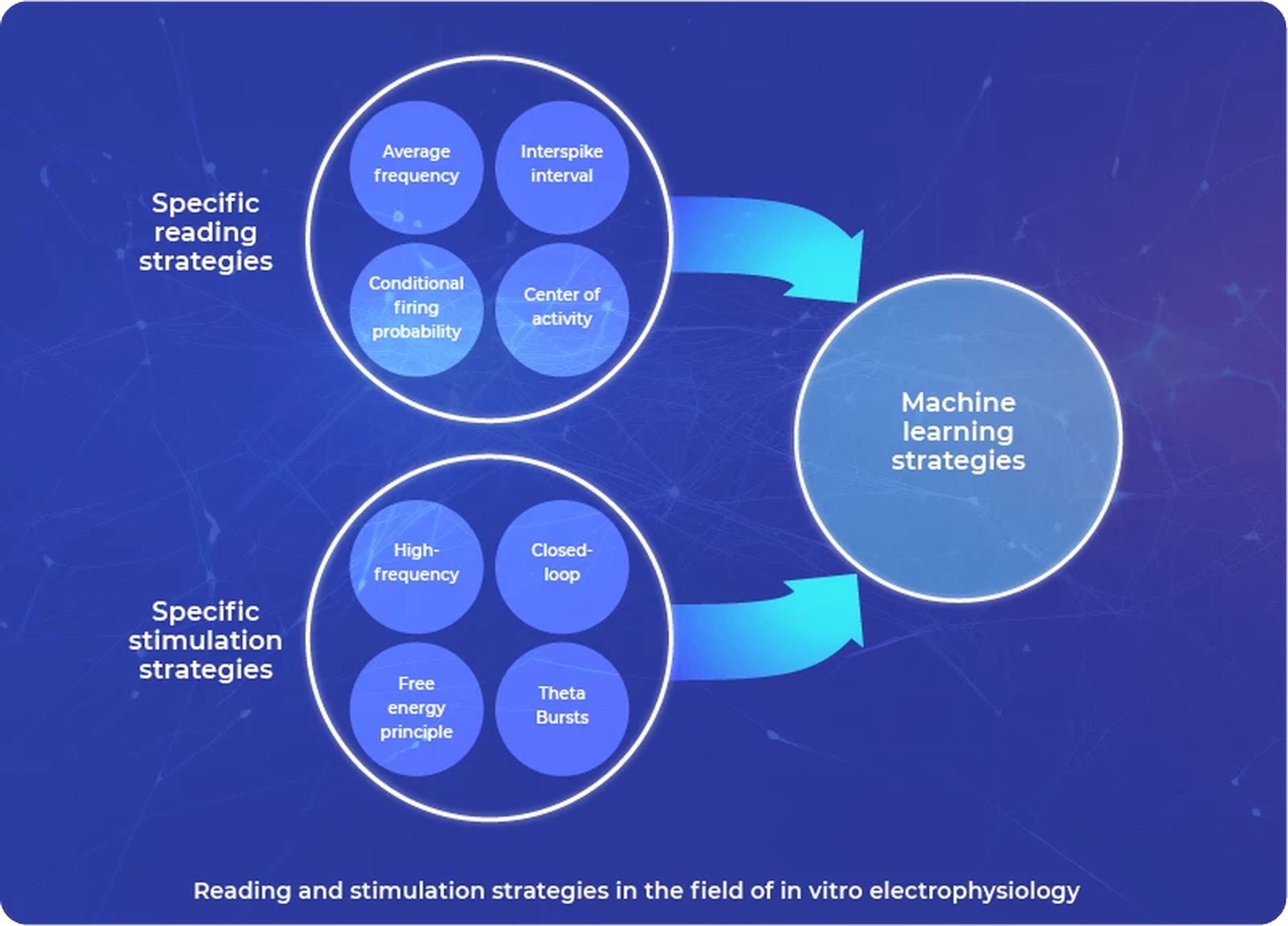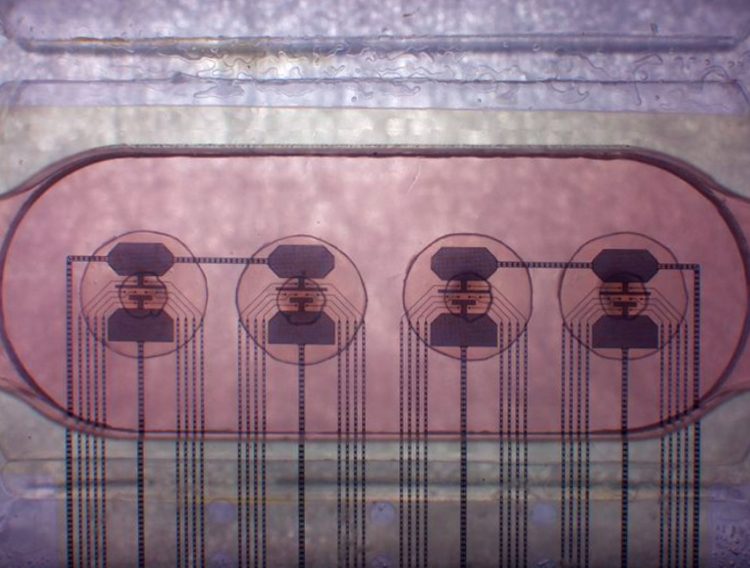Brain organoids and bioprocessors continue to emerge as innovative technologies in the field of biocomputing. FinalSpark, a Swiss startup in Europe, has developed what they claim to be the world’s first bioprocessor using human brain organoids. These organoids are miniaturized, simplified versions of organs grown in vitro from stem cells or tissue samples. This development represents an important step in the integration of biological structures with traditional computing technologies.
The bioprocessor, part of FinalSpark’s “neuro-platform”, can offer remote access to 16 human brain organoids. This platform is currently unique in that it allows interaction with biological neurons in a controlled laboratory environment. The company claims that these bioprocessors are capable of learning and processing information, potentially changing the way computational tasks are handled. They are also very energy-efficient.

Are human brain organoids the future of computing? FinalSpark’s bioprocessor sparks debate
One of the most striking claims about the bioprocessor developed by FinalSpark is its energy efficiency. The company asserts that its bioprocessor consumes a million times less energy than conventional digital processors. To put this into perspective, training a sophisticated AI model like GPT-3 requires approximately 10 GWh of energy—about 6,000 times the annual energy consumption of an average European household.
In contrast, the bioprocessor’s drastically lower energy requirement could lead to more sustainable computing practices, especially in data-intensive fields like artificial intelligence. This dramatic reduction in energy consumption is not just a technical achievement but also an environmental boon. As digital technologies and data centers continue to expand, their environmental impact has become a critical concern. By significantly lowering the power requirements, bioprocessors like those developed by FinalSpark could help mitigate some of these environmental issues.

The technology behind the Neuroplatform is based on an architecture called “wetware”. This is a combination of biology, software, and hardware. The system uses four multi-electrode arrays (MEAs) to house organoids, 3D masses of cells derived from brain tissue. Each MEA houses four organoids, making a total of 16 different organoid processing processes.
The complex structure built underpins the unique capabilities of bioprocessors. By mimicking the communication between nerve cells, organoids can perform complex tasks such as learning, memory, and information processing. This makes bioprocessors more flexible and adaptive than conventional processors. However, the long-term effects of this new technology are not yet fully understood. Questions such as how far bioprocessors can mimic the complexity of the human brain and in which areas they will be more effective are still being researched.
Ethical considerations: Navigating new territories
The use of human brain organoids in computing also opens up a complex field of ethical considerations. These organoids, while not possessing consciousness, are derived from human cells and mimic some functions of the human brain. This raises questions about the moral implications of their use in research and technology. The ethical debates likely to arise from this technology will focus on the extent to which human biological materials can be used in non-medical applications. Moreover, the sourcing of cells for these organoids, the consent processes involved, and the potential long-term impacts of their use must be carefully considered. As this technology progresses, it will be crucial for regulatory bodies, researchers, and the public to engage in discussions about the ethical frameworks that should guide the development and use of bioprocessors.

Scalability and accessibility
While the potential of bioprocessors is immense, there are practical challenges related to scalability and accessibility that need to be addressed. FinalSpark’s platform currently supports a limited number of organoids and is accessible to a select group of institutions for a substantial fee. Although the neuro platform offers a cloud-like experience, the researchers are not yet clear on how the processing power of 16 organoids can be shared across multiple processes. So far, only nine institutions have been granted access to the remote computing platform, and FinalSpark charges a monthly subscription fee of 500pcm (a type of cryptocurrency) for each user.
This poses one of the biggest obstacles to the widespread use of bioprocessors. This raises questions about the democratization of such technology and its availability to a broader scientific community. The scalability of bioprocessors involves not only the technical ability to produce and maintain larger numbers of organoids but also the infrastructure needed to support widespread access to this technology. As the field develops, strategies will need to be devised to ensure that these innovative tools can benefit a wider array of researchers and practitioners without prohibitive costs or logistical barriers.
The development of bioprocessors using human brain organoids by FinalSpark marks a notable advancement in the integration of biology with computing technology. While the potential for reduced energy consumption and enhanced computational capabilities is significant, this technology also brings forth complex ethical and practical challenges. As we move forward, it will be essential to address these issues comprehensively, ensuring that the benefits of bioprocessors are realized responsibly and equitably.
Featured image credit: FinalSpark





